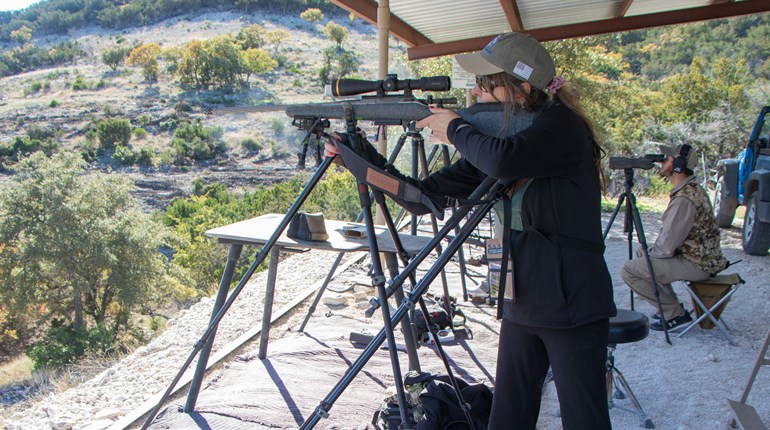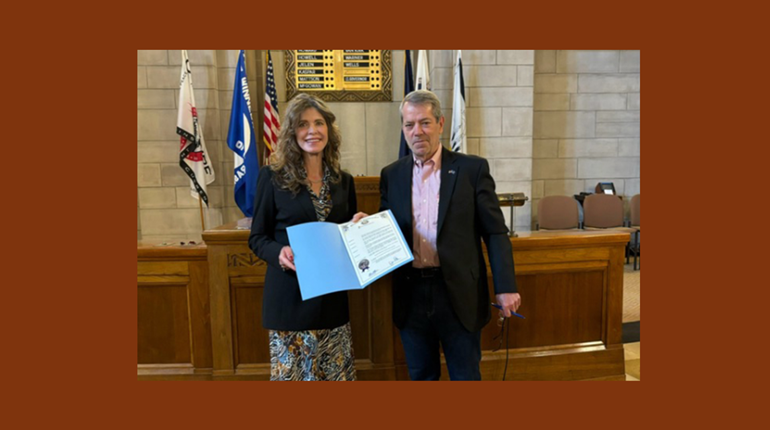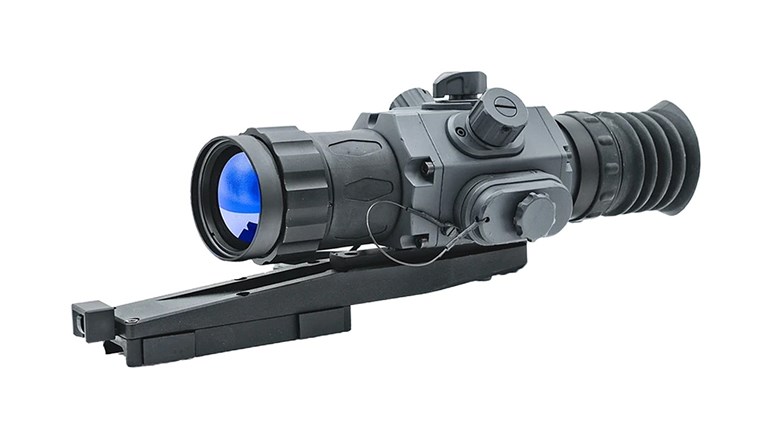As I passed a TV on that July evening in 2012, chilling words caught my attention: “If I could break my arm off, I had a chance. If I couldn’t break my arm off, I was dead.” Seventeen-year-old Kaleb Langdale had just made national news when an alligator bit off his arm in Florida’s Caloosahatchee River. As the gator performed the infamous “death roll,” spinning rapidly as it dragged Kaleb underwater, the boy made a life-saving decision: He jerked his arm out of the gator’s mouth to sever it at the elbow and swim to safety. “Authorities caught the alligator about four hours later,” the report continued, “then killed it and retrieved Langdale’s arm, but doctors were unable to reattach the limb.”
The attack occurred just west of Lake Okeechobee, where I was headed the next month for my first alligator hunt. I wondered what I’d do in Kaleb Langdale’s place, considering adult males average 500-plus pounds and sport 80 primitive teeth designed to do two things: grip tight as their jaws clamp prey and crush bones. I was glad to know I’d be packing an AR-15.
Come August I arrived in the Orlando airport searching for friends Kim Cahalan, Mark Sidelinger, Mike Schoby, Mike Strandlund, Eric Poole and Martin Topper to test Advanced Technology International’s prototype VEPR and modified Rock River rifles on a management gator/hog hunt. With 5 million gators in the Southeast—1.5 million of which live in Florida—we were on the right track. Hogs would hold up their end, too, with Florida numbers exceeding 500,000.
While awaiting the guys from Molot, distributor of the VEPR rifles in Russia, and ATI, a few of us joined Hoppy Kempfer of Osceola Outfitters on gator patrol.
As we stood on a bridge overlooking swampland, Hoppy spotted a gator on the bank at 50 yards. Then just above the water’s surface appeared two pairs of gator eyes—mirrors of their creepy souls. “That one’s 11 feet,” Hoppy said, pointing to the larger one as it lurked in the shallows. I wasn’t overly disappointed when he said Florida game laws only permit using rifles during the day (bang sticks are used at night). Though their eyes glow red when spotlights hit them and give away their location, I wondered how many pairs of eyes I wasn’t seeing.
Hoppy’s management gators average 6 to 8 feet in length, we learned. As for how to gauge size when all you see above the surface are eyes and nostrils, he explained: “Estimate the distance in inches between the eyes and snout and add a foot for every inch. If it’s 8 inches, it’s an 8-foot alligator.” We committed this trick to memory as gator hunts are charged by the foot. Hoppy had “trophy” gators aplenty, but pulling the trigger on a 10- to 12-footer meant a hefty price tag.
We also learned that gators aren’t easy targets just because of their size.
“Alligators have a kill spot no bigger than a quarter—a tiny brain in the back of their heads 2 to 3 inches behind the eyes,” Hoppy said. “Shoot ’em there, kill ’em instantly.” Translation: Wound one and you’ve got trouble. Not much to aim at above the water’s surface. “Dead ones can sink fast so we pack grappling hooks for dragging across the swamp bottom.
“As for hogs, shoot every one you see,” continued Hoppy, “except the two Russian boars running around camp. One’s black, one’s tan.” The next morning I saved these pets some bread; Schoby saved bacon to turn them into cannibals. “You better shut the porch door when you’re done; the black one, Porky, follows you in for more,” he warned, laughing and reporting his success.
I skipped the morning hunt to await my fiance Phil Phillips, who was flying from a B.C. goat hunt where he was field-testing his O2Unleashed—portable, lightweight oxygen in a can set to launch in October 2013—so he could film our adventure for his TV show, “Phil Phillips Unleashed.” That afternoon, I joined Hoppy and buddy Mike Strandlund, who had worked for American Hunter some years back. Within the hour Mike and his VEPR had stalked and whacked a nice-size pig. He’d never hunted gators either, so we were eager to hit the swamps. Sixty yards out, there it was: a pair of eyes above the water’s surface.
Was it creeping toward unwary prey? Was it set to lunge out and snap down on its victim with teeth that wield 3,000 pounds of pressure per square inch? Or was it merely biding time? Before I could decide, it disappeared like a submarine into the murky depths.
“Gators catch the slightest movement,” Hoppy said. Scanning for more eyes and nostrils, I asked how he knew where to look. “Check banks for claw marks and areas with packed weeds, and look for barren areas where they sun themselves. If one sees you and goes underwater, it may resurface in a couple minutes—or it may sneak away.”
There’s another one,” he said, as he and Mike left me behind to creep through the weeds and bushes lining the bank. Minutes passed. I wondered if they got busted.
Then boom went the gun and, as I hurried to their spot, into the water went Mike, rushing thigh-high into the swamp—into the gator-infested swamp!—struggling to gleefully hoist his prize. I was just hoping Mike would have both feet to wear gator shoes.
Back in camp, Martin also had a gator. Then Phil arrived and, alongside Schoby, fed the pets. Schoby had hunted gators before and was holding out for a 10-footer. He’d spotted one, but once they spy you and slip underwater it’s a waiting game they typically win as they can hold their breath an easy 45 minutes. In the meantime, he chased hogs aboard Hoppy’s “swamp buggy” that allowed hunters to ride up high for an ideal bird’s-eye view.
The next morning I switched to the ATI-modified Rock River in .223. Scanning the swamps, Phil and I wondered what goes on in the tiny brains of these predators. Behind their eyes is a level of deceitful cleverness and a thrill for the hunt to which we, as hunters—fellow apex predators—can relate. Masters at survival, their eyes with vertically slit pupils operate like theater curtains—opening as much as needed to see the show, even in darkness. Those eyes, I soon realized, aren’t black after all but more of a green-brown. And in fact gators have two sets of eyelids: an outer set like ours and a transparent inner set that offers protection and enables seeing underwater. I also learned they shift their lungs inside their body while swimming to control buoyancy. All that knowledge made me tighten the grip on my ATI-powered rifle.
Paying close attention to where the plants reached above the water’s surface, Hoppy spotted one and we were off again. This is amazing, I thought, as we hurried to set up, watching the dinosaur’s closest living relative use its tail as a rudder. We were close. Then it caught movement and was gone.
“That’s okay,” Hoppy said. “We’ve got more.” But finding one and getting off a shot unnoticed remained a challenge.
Fifteen minutes later he found another. “Nine feet,” Hoppy whispered. Moving closer, we tried to be silent but the squelch of our boots in the waterlogged, muddy ground was tough to mask. “Go slowly and stay with me,” Hoppy directed.
We maneuvered for 10 minutes in the bushes along the bank’s edge before I got within 25 yards of my relaxed and floating gator, mud surging over our boots. Two of Phil’s camera-tripod legs were sinking fast. I found a peephole in the branches and looked at the kill spot through my EOTech Miniature Red Dot Sight (MRDS). It was a perfect scenario—until the crash … and then the splash.
“Another gator—even bigger,” Hoppy whispered, as it tromped over fallen trees in the shallows to charge over, push my gator away and claim its spot.
“A 10-footer,” Hoppy said. “Shoot him.”
Phil refocused his “Unleashed” camera. Unleashed was the right word if I missed the kill spot. I fired and my Hornady Vintage Match .223 bullet connected with its brain, turning it on its back—textbook. What happened next I’ll never forget: It waved goodbye, reaching its left front foot out of the water, grasping at the air in my direction.
“Just nerves,” Hoppy said. I recalled the clutching-from-the-grave scenes in horror movies. More likely, I thought, it was trying to pull me down with it into a watery grave. Even creepier is that there really is an afterlife. Due to an alligator’s slow metabolism, its nerves react for hours. While posing for photos, mine started walking! No wonder Hoppy refrigerates “dead” gators for 24 hours before skinning them.
As I examined my gator’s leathery-soft feet, webbed toes and sharp claws, I noted gators have five claws on the front legs, but only four on the back. Intrigued by its jaws and teeth, I touched its signature body armor—the rows of bony plates, or scoots, on its back. This modern-day stegosaurus dated back 200 million years and made for some survival story.
That evening it was time for celebration as our group’s gator and hog numbers climbed.Out came the Russians—Dimitri Krasilnikov and Dimitri Shapovalov—or the Dimitris as we called them—and out came the vodka. Dimitri No. 1, who spoke English compared to No. 2’s bits and pieces, explained Russians like vodka because it is a social drink that goes well with food—and with hunting stories as we partook in the Russian custom.
The next day Hoppy took Kim, Mark, Phil and me to a new area for hogs. While stalking along the cypress swamps, you’d never know you were so close to the crowds at Disney World. I told Hoppy his operation made for the hunter’s perfect hunting/amusement park combo vacation. Plus, not only are Florida’s game limits liberal but Osceola Outfitters regularly churns out trophy-class animals.
Kim and I were unsuccessful that afternoon, but in the South, tomorrow always presents another opportunity. And then I caught motion in the weeds—something scurrying for cover.
“Five piglets!” I said, grabbing two and handing one to Kim. It was hard to believe they would be 100-pound nuisances in two months. We had the right rifle for the hunt—especially as the Dimitris said Vepr is Ukranian for boar—but piglets weren’t what we had in mind.
The next morning we rejoined Hoppy, who said Florida’s wild pigs may be hunted on private property year-round with no license or bag limit and that they remain the state’s second-most popular big game after deer. Introduced by Spanish explorer Hernando DeSoto around 1539, they now run rampant statewide but prefer palms, marshes and pine flatwoods. Clearly, we were in a good spot.
After several “skunkings” on hogs, we were due for luck. And on cue, opportunity knocked. Fortunately, it’s not when it knocks that matters but how you answer the door.
Hoppy hit the brakes. We grabbed our binoculars, stunned at the huge and oblivious porker at field’s edge.
“You’re up, Kim,” we said, as she, Phil and Hoppy eased out of the truck, leaving Mark and me to note how her positivity and focus would need to make up for the fact the trio had to stalk boldly in the open from behind.
“Kim’s about to get the biggest hog yet,” I said. Phil’s camera was rolling as she hoisted her rifle onto the sticks and fired. The hog never knew what hit him. Her Hornady ammo laid him flat.
As the hunt wound down that afternoon, I realized my VEPR and I may go home empty-hog-handed. Finally—a nice-size black pig not far from camp. Phil hoisted his binoculars for a peek as I flung the rifle on the sticks. “Never mind,” he said, laughing. “It’s Porky.”





































